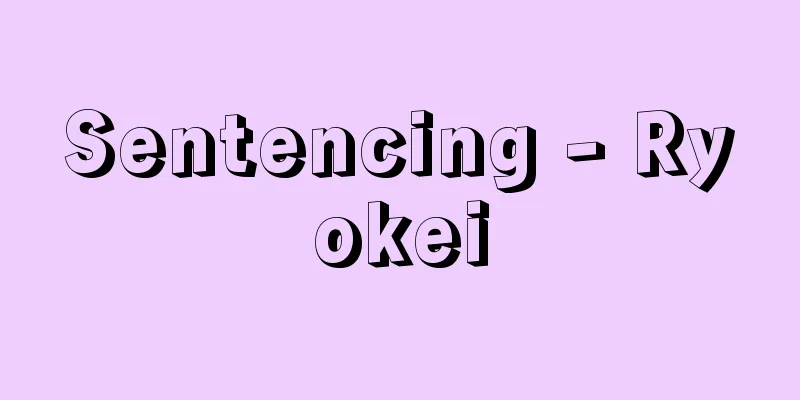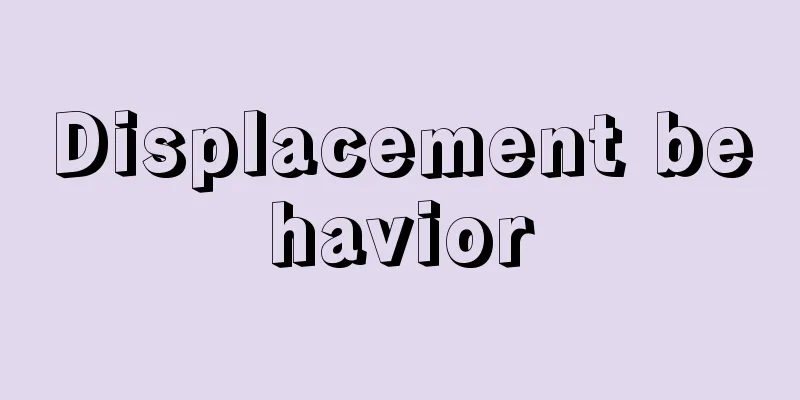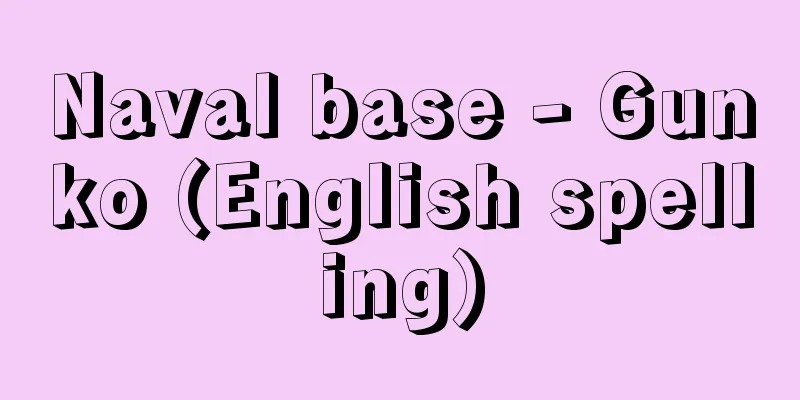Sentencing - Ryokei

|
In a broad sense, it refers to the entire process (application of punishment) in which a judge determines the sentence based on the statutory penalty, taking into consideration aggravating factors (recidivism, joint crimes) and mitigating factors (attempt, surrender, mitigation due to leniency, etc.), and then determines the sentence to be imposed on the defendant within that range. In a narrow sense, it refers to determining the amount of the penalty to be applied to the case (sentencing). Sentencing is left to the judge's discretion. The range of statutory penalties in the Japanese Criminal Code is wide, and so is the range of discretion. Although there is in fact a so-called sentencing market, the Criminal Code does not provide any criteria for sentencing. In reality, however, the criteria for prosecution or non-prosecution under Article 248 of the Code of Criminal Procedure are used as a reference. In this regard, the revised draft Penal Code provides that "in applying the penalty, the age, character, career and environment of the offender, the motive, method, result and social impact of the crime, the attitude of the offender after the crime, and other circumstances shall be taken into consideration, and the aim shall be to contribute to the prevention of crime and the rehabilitation of the offender" (Article 48, paragraph 2). However, since the knowledge that the judge obtains in court may not be sufficient to judge these standards, some are of the opinion that a pre-sentence investigation system should be established and the investigation materials created there should be reflected in the judge's sentencing, and some foreign countries have already adopted this system. However, in recent years, there has been a remarkable trend toward lenient sentences, and the reality is that sentences are concentrated near the lower limit of the statutory penalties, and it is not uncommon for them to be below the lower limit. [Shuichi Susuki] Source: Shogakukan Encyclopedia Nipponica About Encyclopedia Nipponica Information | Legend |
|
広義では、裁判官が法定刑から刑の加重事由(累犯・併合罪)、減軽事由(未遂・自首・酌量減軽など)を考慮して処断刑を導き、さらにその範囲で被告人に科すべき宣告刑を引き出す過程全体(刑の適用)をいい、狭義では、当該事件に適用すべき刑種の刑量を決定すること(刑の量定)をいう。刑の量定は裁判官の自由裁量に任されている。日本の刑法典は法定刑の幅が広く、それだけ自由裁量の幅も広い。いわゆる量刑相場が事実上存在するが、刑法典には刑の量定の基準は示されていない。ただ現実には、刑事訴訟法第248条の起訴・不起訴の判断基準が参考にされている。この点、改正刑法草案は、「刑の適用にあたっては、犯人の年齢、性格、経歴及び環境、犯罪の動機、方法、結果及び社会的影響、犯罪後における犯人の態度その他の事情を考慮し、犯罪の抑制及び犯人の改善更生に役立つことを目的としなければならない」(48条2項)という規定を設けた。しかし、これらの基準について判断するためには、裁判官が公判廷で得た知識だけでは十分でないこともあるため、判決前調査制度を設けて、そこで作成された調査資料を裁判官の刑の量定に反映させるべきだという意見もあり、諸外国ではすでにこの制度を採用しているところもある。なお、最近は刑の緩和傾向が著しく、宣告刑は法定刑の下限近くに集中し、下限を下回ることもまれではないというのが実情である。 [須々木主一] 出典 小学館 日本大百科全書(ニッポニカ)日本大百科全書(ニッポニカ)について 情報 | 凡例 |
Recommend
Ghazni (English spelling)
…A city in eastern Afghanistan. Currently called ...
Akechi Mitsuhide
A military commander in the Azuchi-Momoyama perio...
Karakul
...(7) Dairy breeds: Breeds kept for the purpose ...
Natural levees - Shizen teibou
A slight elevation formed naturally on both sides...
CoQ
《 Coenzyme Q 》⇒ Ubiquinone Source: About Shogakuka...
Lung capacity
…At this time, the amount of gas remaining in the...
Girard, PSB (English spelling) GirardPSB
…Despite the persecution during the French Revolu...
Nicene Creed - Nicene Creed
The creed adopted by the First Council of Nicaea (...
Silent reading - Mokdoku
〘 noun 〙 Reading with the eyes only, without speak...
Patriotic Political Alliance
…They campaigned for young people and attacked th...
Taoist priest
It means someone who has mastered special techniq...
Hymen - shojomaku (English spelling) hymen
A membrane-like tissue at the boundary between th...
Jujube (Zizyphus jujuba var. inermis; jujube)
A deciduous shrub or small tree of the Rhamnaceae ...
Kakubanki
...In the Honganji and Takada sects, a memorial s...
à la carte (English spelling) alacarte
...A menu for a meal in which the types and order...









